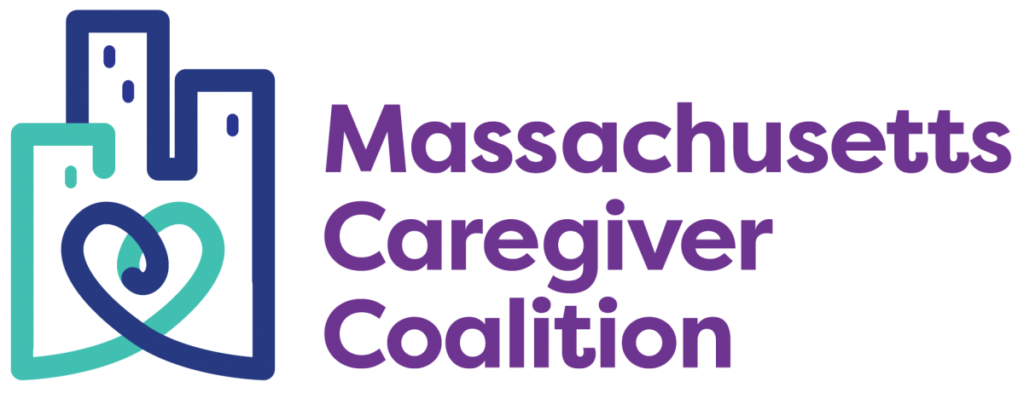
BY WALT LASKOS – CEO/Owner of Laskos Communications
By now you must be noticing how daylight has been growing shorter across the United States. Temperatures are beginning to chill, leaves are starting to change color, and already in parts of the northern tier, frost has begun to kiss the ground with its cold embrace.
While the environment around us begins its transformation to Autumn it also signals a time when countless companies and organizations, banks and credit unions alike, make their business plans for a new year – 2025 – and with it, efforts to submit an annual budget for board approval. As the budget process gets underway and we gaze into our crystal ball to discern what 2025 may bring, there is one topic you can be sure to count on confronting in the upcoming year – the financial exploitation of older adults.
The occurrences of scams and fraud are not subsiding, in fact, they continue to blossom and grow in sophistication, to the tune of some $10 billion lost to such crimes in 2023 as reported by the Federal Trade Commission. Will your bank or credit union budget for 2025 include a line item directed toward scam and fraud prevention?
The Financial Scam Evolution
Looking back to the previous decade when I first took up a fraud fighting mantle of educating seniors about scams and ways to stay safe from becoming a victim, the IRS scam was the most frequent and common tactic used by con artists to swindle money from innocent and unsuspecting older adults. Of course, the IRS scam wasn’t the first headline maker in the annals of scam history. Remember Bernie Madoff, the financier who was the admitted mastermind of the largest known Ponzi scheme in history? His was another scam that cost its victims millions in losses.
In the following years, con artists turned to tech-support scams, sweepstakes scams, and one of the most successful of them all, the grandparent scam to steal and rob the life savings from countless seniors. But it didn’t stop there.
Blackmail scams were added to the list of favorites, threatening to deliver fake information about one’s online viewing habits to friends and family unless a payment was made. Pig-butchering scams also surfaced, originating with a simple innocent text, which many of us have already experienced from an unknown source, saying, “Hi! How are you?” And of course, we cannot forget cryptocurrency-related scams where the victim is instructed to make a purchase of bitcoins.
By no means does this exhaust the list of conniving tactics and persuasive messages being used to engage victims, arouse their emotions, and frighten them, solely to have them act quickly to hand over their money. What becomes even more alarming is the way in which artificial intelligence is being used today to further enhance the sophistication of scams. Now, the voice being played in the grandparent scam sounds exactly like the grandchild! The face in the photo or video of the person in a sexually compromising position is that of the victim being blackmailed! Where does this all end?
Unfortunately, we should expect 2025 to offer up the same types of cons, which will add to the growing number of victims and eventually surpassing the previous year’s $10 billion collected by this crime tsunami.
Become a fraud fighter in 2025
Knowing the devastation that may be in store for many consumers whose life savings are held at the local bank or credit union, it becomes more important than ever before that those institutions, trusted with those savings, do all they can to maintain their safety from scams and fraud.
With years of data showing that education is the best resource we have in today’s fraud-fighting arsenal, I’m calling on banks and credit unions alike to ramp up their customer/member educational assets in their 2025 budget. The more we can generate greater awareness of financial scams, the various tactics being used, ways to recognize them, and how to prevent becoming a victim, the better we can arm consumers to maintain their own safety, further reinforcing all the staff training and technology safeguards already set in place to protect their holdings.
Education comes in many forms, from posters and handouts at the branch to webinars, and in-person events including apps and products designed specifically for managing finances.
One tactic that I’ve used and refined over the years has been the in-person educational forum, featuring a panel of experts representing a spectrum of organizations and agencies such as the AARP, the Secret Service, FBI, CFPB, FTC, SEC, and others.
Planning and hosting these forums over a number of years has allowed me to establish a roster of contacts, who I now call on, affording them a platform to voice their comments and guidance alongside a bank or credit union representative directly to an audience of older adults, their caregivers and family members. I’ve found that the in-person forums create an impressive environment conducive to education, networking and trust, where attendees are many times moved emotionally beyond description, sharing personal stories of their own experiences dealing with a scam, confessing the loss of thousands to a con artist, or discovering a newfound sense of purpose to share what they have just learned with a shut-in friend, like a Good Samaritan, hoping to save that person from a devastating loss.
While not every older adult may be capable of attending an in-person educational event, efforts can be made to video record the forum and have it air on your community’s cable television system. I’ve found local town programmers more than willing to include these educational presentations and even help to record them for the benefit of all residents.
Informational webinars are another tool that can be used to reinforce the campaign’s communication effort to raise awareness and influence behavior. Each month, a live, online webinar might feature a different expert, addressing the topic, entertaining questions and providing guidance. Providing a level of repetitious communication can certainly nourish and engender greater awareness of financial scams.
And of course, any educational strategy to safeguard older adults from scams should also incorporate a focus on financial management. In addition to providing education and guidance, I recommend providing hands-on tools, tangible assets that can further assist your customer or member to become more engaged in the process.
Tools that provide the ability to easily generate documentation designating a power of attorney, establishing a will and a trust can be easily provided by any-size bank or credit union partnering with a trusted third-party provider such as Gentreo. By helping caregivers, family members and older adults establish these legal documents, banks and credit unions can add another layer to the firewall defending their customer’s life savings from attack.
The same can be said about mobile apps designed to monitor financial accounts 24/7, sounding an alert should something suspicious be detected. Carefull tops a list of app providers who have been vetted and shown to be effective in this effort.
Strength in Numbers
In my experience, working together in collaboration benefits all concerned, not only in delivering a comprehensive and consistent message, but also by the value it brings to the organization’s public relations efforts and the quality of its brand identity in the marketplace.
Actions always speak louder than words. Sponsoring fraud education workshops and webinars, displaying posters, providing guidance, and serving as subject matter experts for news interviews and other public opportunities is a clear way to demonstrate your organization’s commitment to protect the financial accounts of your customers and members. And by networking with local law enforcement, elder care providers, community leaders, law makers, and federal agencies, older adults are given not only a more comprehensive overview of scams and ways to stay safe, but also an indication of how much you value them for their loyalty and lifelong contributions to their families and the community you serve. They’ve told me so themselves, after many of the sessions I’ve conducted!
Count on financial scams exploiting older adults to only grow in size and scope in 2025. Will your organization’s plans meet the demands and challenges required to keep your older adult members and customers safe from scams and fraud?
WALT LASKOS, CUDE, is a credit union industry veteran of more than 20 years. He is the CEO/Owner of Laskos Communications, an independent consultancy specializing in the prevention of financial scams and fraud targeting older adults. For more information, visit www.LaskosCommunications.com.













